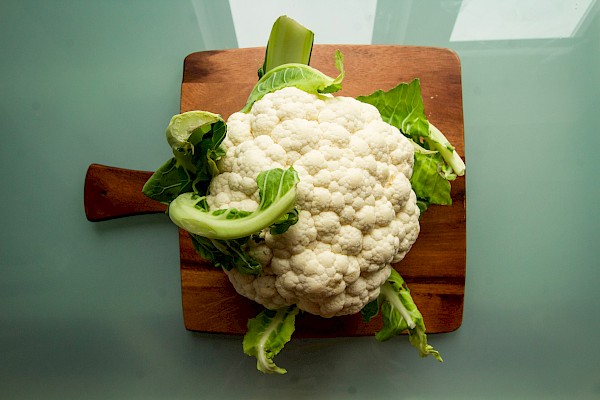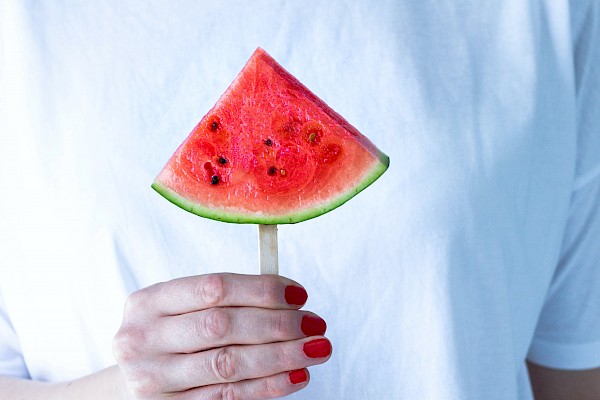Apricots
Summertime is apricot time!
The apricot (Prunus armeniaca L.) is a stone fruit that belongs to the botanical family of roseaceous plants. At the heart of the apricot lies an almond-shaped kernel that releases a marzipan aroma when crushed. But be careful, the stone may be poisonous!
The kernels of bitter apricots contain amygdalin, which releases hydrocyanic acid (cyanide) when it is being digested. Large quantities of hydrocyanic acid result in poisonings, of which the worst may even be fatal. Therefore the Federal Office of Health (BAG) advises you not to eat the bitter kernels. According to the German Federal Institute for Risk Assessment, you could experience symptoms such as nausea or vomiting after eating just three apricot kernels. Your body will therefore quickly signal, loud and clear, that the bitter kernels do not agree with it. So it’s better to just enjoy the delicious fruit and not eat the stone.
Alexander the Great and apricots
There are reports of apricots in Armenia, northern China and India in ancient times. As they are mentioned in historical sources from all three regions, scientists disagree on where exactly these stone fruits originated. As the observant reader has maybe already wondered, the apricot’s botanical name is based on the assumption that the fruit is from Armenia: Prunus armeniaca L. Archaeologists have found 4000-year-old apricot stones there.
But what has Alexander the Great to do with apricots? Quite a lot. He is partly responsible for the domestication of apricots. It seems that, in the 4th century BCE, Alexander the Great brought the apricot to the Mediterranean, from where it was taken to northern Europe by the Romans. In the 18th century, the Spanish introduced the stone fruit to the Americas. Today, Turkey is the world’s largest cultivator and producer of apricots. Here in Switzerland, they are mainly grown in Wallis.
A sun-kissed blush
The apricot tree grows up to six metres high and looks like a bush. It flourishes particularly well in sandy soils and high temperatures. The round fruit is four to eight centimetres large with a seam, which runs from the peduncle to the stalk.
The skin and flesh of apricots are light yellow to reddish-orange in colour. The flesh is easy to separate from the kernel when the fruit is ripe. The side of the fruit that was facing the sun is often red, which is why it is sometimes said that the fruit is blushing. Due to the fine hairs on the skin, an apricot will feel soft and velvety in your hand. The flesh varies in flavour from sugar-sweet to sweet-and-sour.
There are a great many varieties of apricot. Some species ripen at different times, and they vary in colour, size, skin consistency and flavour. Swiss apricots are in season between June and August. If you like fresh apricots, then you should tuck in over the coming days, as soon only imported or frozen apricots will be available.
Nutrient bombs
The small orange-yellow fruits are rich in nutrients. Apricots contain extraordinary quantities of provitamin A (carotene), as well as vitamins B1, B2 and C. What’s more, these diminutive fruits also contain minerals such as calcium, potassium and phosphorus. Even better, fresh apricots are relatively low in calories: 100 grams of apricot contains a mere 40 kilocalories. By contrast, the same amount of dried apricot contains 241 kilocalories. Nevertheless, the dried fruits have their advantages, as the nutrient content is almost five times as high as in fresh apricots, meaning that apricots are a healthy, delicious snack, fresh or dried.
Apricots have several health benefits. For example, the nutrients in apricots are good for our hair and nails. They also boost the immune system and enhance our circulation. Apricots contain salicylic acid, which has antibacterial properties and is therefore very good for our digestive systems.
Identifying ripe apricots
If you want to buy apricots, you should be careful only to buy ripe fruits, because they taste bitter, dry and very floury when unripe. You can identify ripe apricots by looking for strong yellow-orange coloured skin. You can also find out how ripe a fruit is by gently pressing it with your thumb. If the flesh yields a little, the apricot is ripe and ready to eat. The kernel is another indicator. If it can be pulled easily away from the flesh, it is very likely that you have a ripe fruit in your hand.
Tips and tricks
Apricots taste best when eaten fresh and raw. However, you should first wash them carefully, then dry them. Apricots have a great advantage over peaches and nectarines: they are less juicy. This means that you can just bite directly into the fruit and won’t need to take a shower afterwards. Fresh apricots are therefore a good snack to take on hikes, walks, and picnics, or to school, university or the office.
But make sure that you eat the ripe fruit as quickly as possible. They won’t stay fresh for longer than two days even in the fridge. Have you given into temptation and brought too many fruits home? No problem – apricots freeze well. First, wash the fruits, then pat dry. Then cut them in half, remove the kernel and put into the freezer in a sealed freezer bag.
Our recipe tip
Apricot and coconut balls
- 200 g dried apricots
- 200 g almonds
- 1 lime
- ½ teaspoon cinnamon
- 30 g coconut flakes
Method: chop the dried apricots and almonds finely in a kitchen chopper. Add the cinnamon and lime juice until you have a sticky mixture. Then wet your hands, form the mixture into balls of 1.5 cm and roll in the coconut flakes.
(Source)
References:
Tabasum, F., Bashir, O., Gouisa, G., a Bhat, T. & Nusrat, J. (2018). Nutritional and health benefits of apricots. International Journal of Unani and Integrative Medicine. 2(2). 5-9.
Vogt, C. Aprikose – eine feien Allrounderin. Article on: Aprikosen – Haltbarkeit, Kalorien und Nährwerte | Migros iMpuls (migros-impuls.ch).
 subscribe to newsletter
subscribe to newsletter


